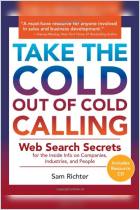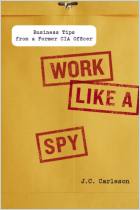Join getAbstract to access the summary!

Join getAbstract to access the summary!
Conor Vibert
Competitive Intelligence
A Framework for Web-Based Analysis and Decision Making
Thomson South-Western, 2003
What's inside?
Thoroughness and analysis separate the wheat from the chaff in competitive intelligence – not sneakiness or subterfuge.
Recommendation
The bad news is that many imaginative competitive intelligence techniques - those worthy of the movies and TV - are illegal or unethical. The good news is that you don’t need to violate laws or ethics to gather proprietary, sensitive information about your competitors. This book offers a somewhat scholarly but decidedly useful set of tips, tools and techniques. These resources belong in the arsenal of any competitive intelligence officer, or any businessperson - from a marketing researcher to a salesperson - who is interested in using the Web to learn what the competition could be doing. At a minimum, getAbstract.com highly recommends reading this to learn about all you can easily, legally discover on the Web. It may open your eyes to the value of information and the need to protect your data. Of course, the Web changes quickly and some of the specific listings about search engines and techniques may be out of date already - but the general thrust of competitive intelligence is unlikely to change.
Summary
About the Author
Conor Vibert is an associate professor for business strategy at the Fred C. Manning School of Business at Acadia University in Wolfville, Nova Scotia.





















Comment on this summary